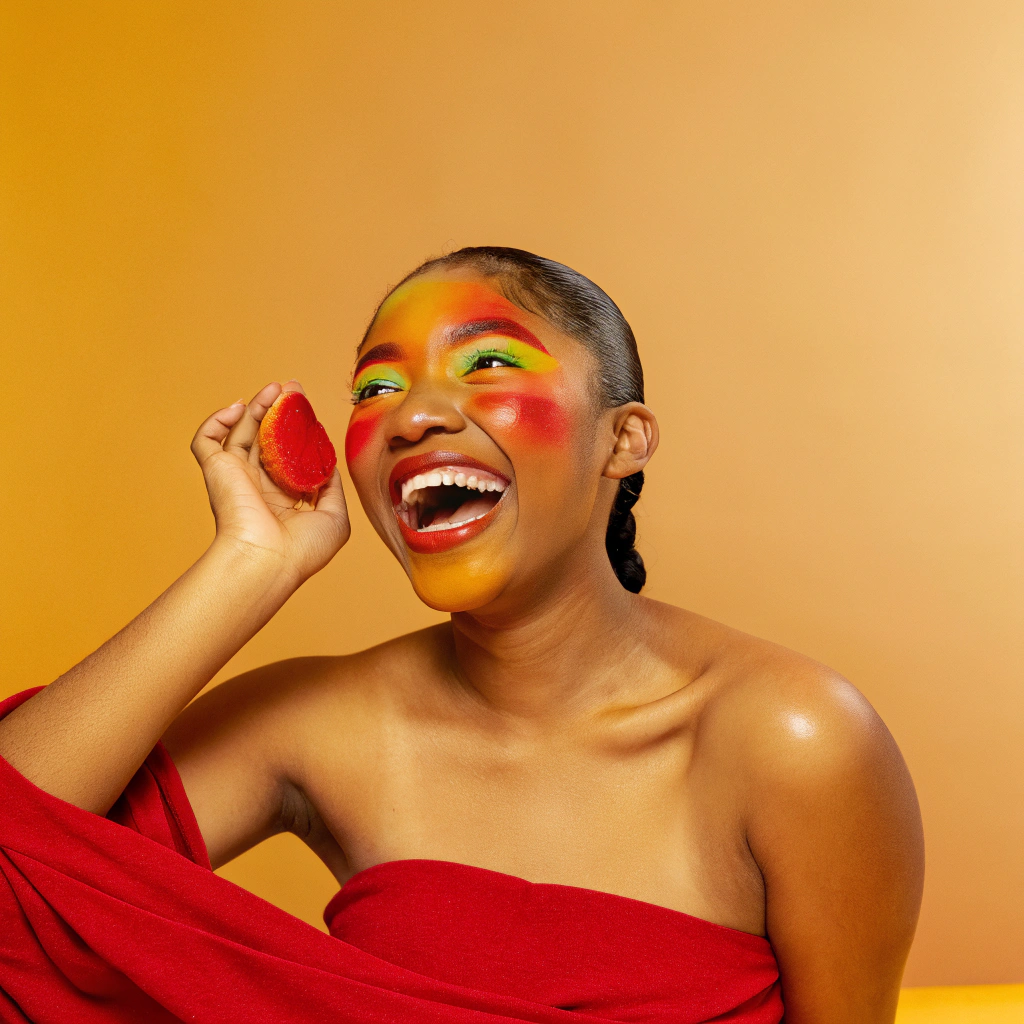Vibe design in 2025
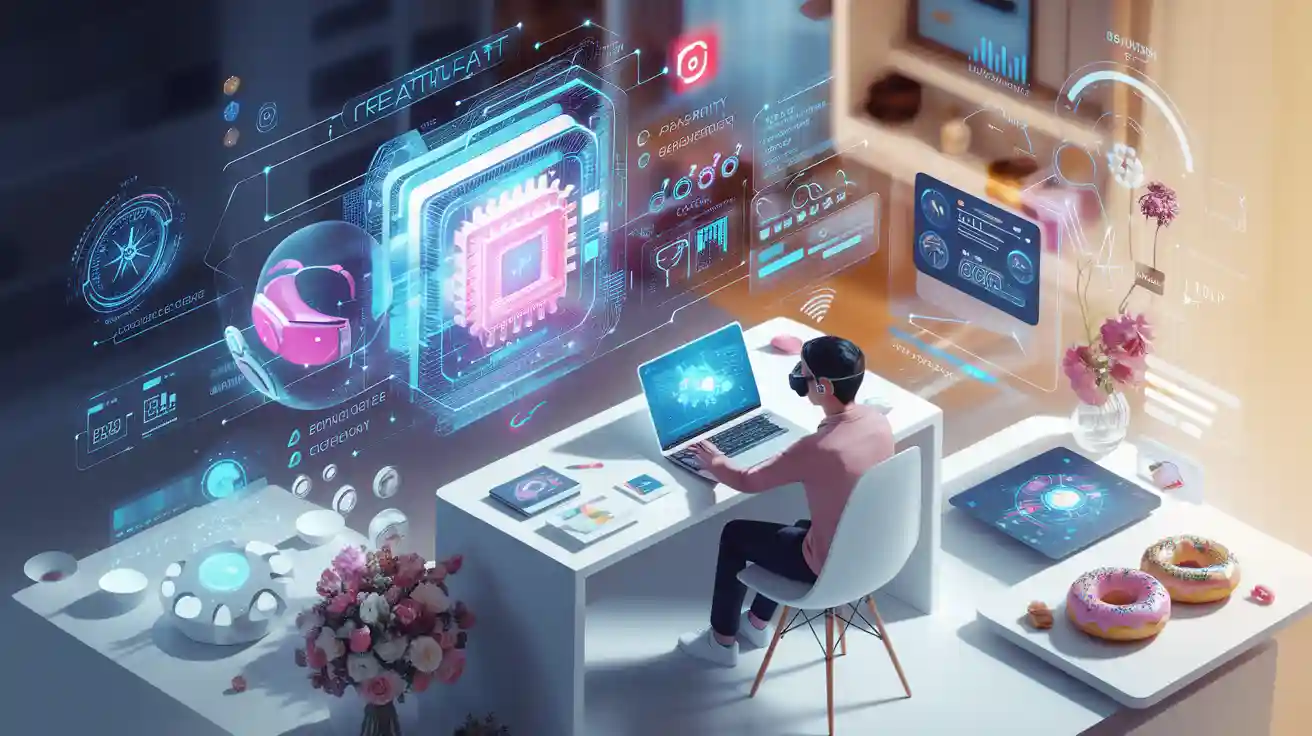
You see vibe design in 2025 as a new way to shape how people feel and act in digital and real spaces. Vibe design is not like old design. It uses AI and coding to make your ideas real much faster. Platforms like Lovable made $17 million in yearly income in only three months. This shows how fast vibe coding is growing. Many industries now use AI tools to help set the vibe of apps and websites. This makes the work more creative and faster. Because of this change, you need to learn new skills. You also need to know how vibe design can change your job and how users feel.
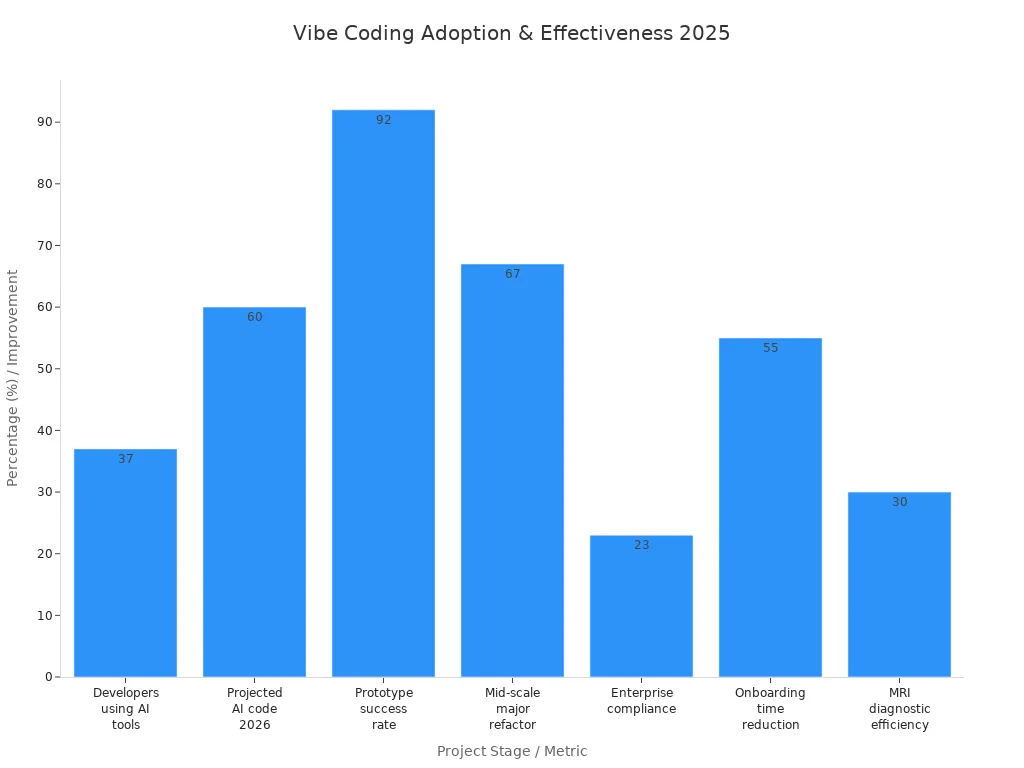
Key Takeaways
Vibe design uses AI and natural language to make products faster and easier. It lets people who do not code turn ideas into real things quickly.
This way of designing cares about how users feel. It makes products that connect with people’s feelings and help build stronger groups.
AI tools help teams work faster by doing tasks automatically. They let teams make quick models and help everyone work together better.
Human creativity is still very important. Designers lead the AI, check its work, and make sure products are special and fit what users need.
Vibe design changes how people work by letting more people join in. It makes feedback faster and puts user research in every step.
Vibe design defined
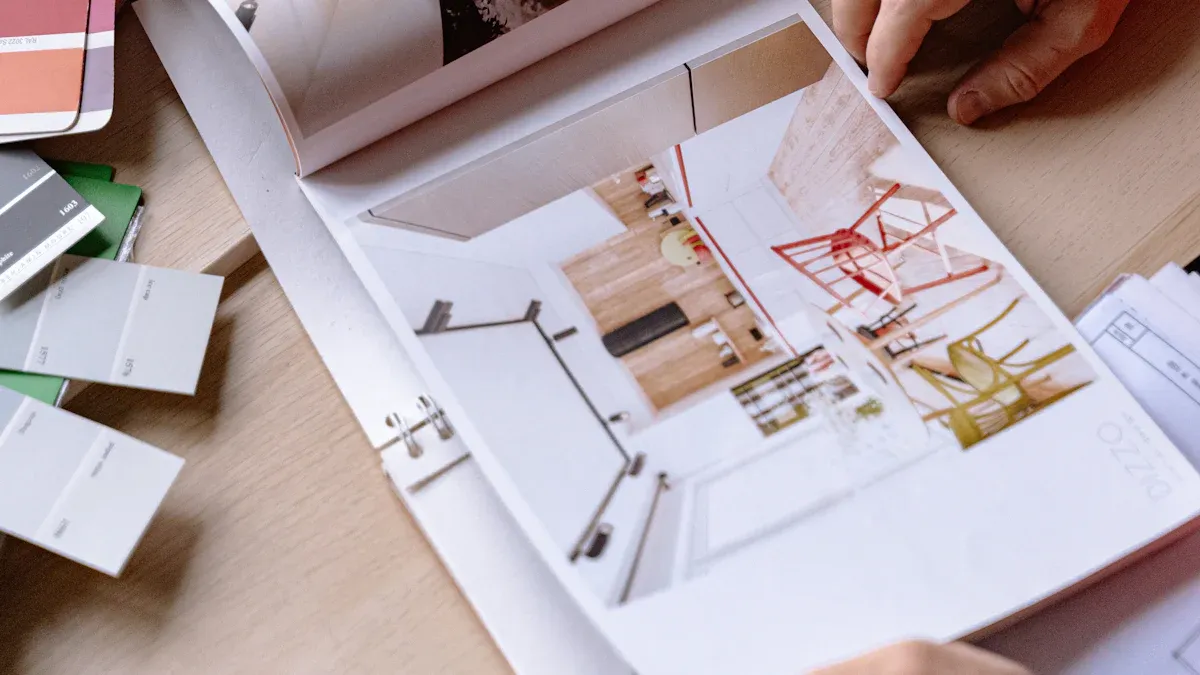
What sets vibe design apart
You may ask how vibe design is different from old design and UX. Vibe design uses AI models and natural language prompts. This helps you turn ideas into real products very fast. You do not need to know a lot about coding. You just say what you want, and the AI helps you make it. This makes vibe design easy and quick for everyone, even if you are not a developer.
Here is a table that shows the main ways vibe design and traditional design are different:
Characteristic | Vibe Design (Vibe Coding) | Traditional Design (Traditional Coding) |
|---|---|---|
Interaction Style | Uses natural language prompts to instruct AI, enabling intuitive, conversational input. | Requires manual writing of code with deep understanding of syntax and logic. |
Speed & Efficiency | Enables rapid prototyping and faster development cycles, often producing demos in hours. | Slower process due to manual coding, reviewing, and testing each line of code. |
Accessibility | Lowers barriers to entry; non-coders can participate by expressing intent in plain language. | Requires coding knowledge, programming skills, and experience. |
Control & Precision | Limited control; AI-generated code can be unpredictable or generic, requiring oversight. | Full control over code quality, performance, and architecture. |
Scalability | May struggle with scaling complex applications due to AI-generated code structure limits. | Designed for scalability using established engineering principles. |
Security | Dependent on AI model; potential for vulnerabilities without human checks. | Security ensured through developer expertise and strict coding standards. |
Learning Curve | Low; mainly involves learning to communicate effectively with AI. | High; requires mastering programming languages and development tools. |
Debugging | Relies on AI self-correction or human review of AI output. | Manual debugging with deep understanding of code behavior. |
Use Case Fit | Best suited for fast iterations, prototypes, and solo developers. | Ideal for enterprise-level, complex systems, and team-based projects. |
Vibe design is about speed, making things easy, and how people feel. Traditional design gives you more control and safety but takes more time and skill. Many experts think the future will use both ways. You can use AI for fast ideas and people for quality and safety.
Why vibe design matters
Vibe design changes how you think about what users need and feel. Instead of only looking at features or tech, you focus on how people feel when they use your product. This helps you make user experiences that connect with people’s feelings.
Note: Vibe design is not just about looks. It is about making a feeling or energy that matches what users want and need.
Studies show that design choices can change how people feel and act. For example, patients in hospitals with nature views get better faster than those with city views. Hospitals like King Hussein Hospital in Jordan help patients feel less stress and heal better. This happens because they focus on user needs, feelings, and the place, not just on function.
You can see vibe design’s effect in many places:
In healthcare, private rooms lower patient falls and infections.
In schools, natural light and fresh air help students do better on tests.
In offices, good views and light make workers happier and more productive.
Vibe design also lowers stress and helps mental health.
Experts say vibe design lets you move from targeting groups by age or gender to connecting with emotional tribes. You can use AI to test different vibes and see what works best for your users. This helps you build loyalty and community, not just sell a product.
Here is a quick table that compares user engagement between vibe design and regular design:
Aspect | VIBE Design Principles | Conventional Design |
|---|---|---|
Focus | Emotional engagement, value, intuition, belonging, energy | Technical performance, feature completeness, code efficiency |
User Engagement Metrics | Emotional engagement, intuitive discovery, community formation, user testimonials, time spent in flow state | User adoption rates, bug reduction, code efficiency |
User Satisfaction | Higher retention rates, stronger emotional connection, organic growth via word-of-mouth | Measured mainly by technical success and adoption rates |
Community Impact | Fosters social connection and belonging among users | Users treated as individual actors interacting with system |
Financial Indicators | Higher financial commitment and loyalty from users | Less emphasis on financial loyalty metrics |
Development Approach | Value-first, emotional resonance, continuous refinement based on user feeling | Requirement-driven, feature implementation, testing |
Vibe design leads to more engagement, stronger communities, and happier users. When you focus on the vibe, users feel valued and connected. This makes your product special and keeps people coming back.
AI and design
Natural language tools
Today, you can use strong natural language tools. These tools change how you work with vibe design. You just say what you want in plain English. You do not have to write hard code. You can tell the AI your goals or the vibe you want. The AI then makes design pieces, code, or even working models that fit your ideas.
Here is a table that lists some top AI-powered tools in vibe coding and what they do:
Tool Name | Key Features & Benefits | Adoption & Impact Among Design Professionals |
|---|---|---|
Fine | Natural language code generation, real-time feedback | Solo developers achieve up to 76.3% prompt accuracy in coding tasks |
Cursor | Conversational project scaffolding, code generation | Used by solo devs for rapid prototyping and automation |
Copilot Workspace | Project planning, one-click requests | Enterprises report over 20% productivity boost |
Sweep | Automates bug fixes and feature updates | Startups rely on AI for up to 95% of new code |
GitHub Copilot | Integrated AI pair programming in IDEs | Widely adopted by enterprises and developers for seamless workflows |
Windsurf | AI-driven code generation and refactoring | Supports beginners and non-coders with natural language prompts |
These tools help many people in different ways:
Solo developers use vibe coding to finish tasks and build things faster.
Startups use AI to make almost all their new code, so they can keep up with big companies.
Big companies say they work over 20% faster, like JPMorgan Chase.
People who do not code can now help make apps and set up workflows by using plain English.
Tools like GitHub Copilot and Tabnine help teams work together, even if some do not code.
Natural language tools also make teamwork better. Now, designers, developers, and marketers can all work together. Everyone can share ideas using simple words. This change removes confusion and helps teams focus on clear goals. For example, Spotify used natural language processing to plan faster. They finished projects 25% quicker. Real-time translation tools also help teams in different countries work together.
You can use natural language tools by following these steps:
The AI makes the code or design from your words.
You look at the result and give feedback.
The AI helps fix mistakes or bugs.
You keep going until you get the right vibe and features.
This way, vibe design includes more people. Non-coders, project managers, and designers can all help make products. You get faster feedback, more ideas, and better teamwork.
Tip: Give clear, detailed prompts when you use AI tools. This helps the AI know what you want and gives you better results.
Rapid prototyping
AI changes how software is made by making rapid prototyping a big part of vibe design. Now, you can turn ideas into working models in hours, not weeks. This speed lets you test ideas, get feedback, and make your product better fast.
AI-powered tools help you in many ways:
AI gives quick feedback on how easy your product is to use, so you can fix problems early.
You can make UI parts like color sets and fonts that fit your brand and trends.
Tools like Sketch2React turn still designs into working code, so you build faster.
AI does boring tasks, so you can focus on creative work.
You can make many design choices fast, which helps you find the best vibe for users.
Here is a table that shows how AI changes the design process:
Impact Area | Description |
|---|---|
Automation of repetitive tasks | AI resizes and changes designs for different uses, saving time. |
Speeding up prototyping | AI tools make building and testing ideas up to ten times faster. |
Generating design variations | AI makes many layout choices, helping you be more creative. |
Data-driven insights | AI uses data and A/B tests to make design better and faster. |
Conversion to live code | AI turns still designs into working models or live code quickly. |
Supporting creativity | AI does routine work, so you can focus on new ideas and plans. |
You can see real examples of rapid prototyping. Nobody Studios made a product model in days by using AI for each step. Tesla uses AI to test features in fake real-world settings, so they do not have to wait for real data. Nike uses AI to guess trends and plan supply, so products reach customers faster. Google uses AI tools like AutoML to make new ideas and products faster.
Designers say AI image tools cut idea time from weeks to days. McKinsey found one aerospace company launched products 25% faster with AI digital twins. These changes mean you can test more ideas, learn faster, and make better products.
But, rapid prototyping with AI has problems too:
AI-made UI might look great but miss important details for users.
Coding styles may not match, so projects are harder to keep up.
Debugging is hard because AI code can be confusing.
You need to guide the AI, check its work, and make sure your models fit real user needs. Clear prompts and human checks help you get the best from vibe coding.
Note: Rapid prototyping lets you move fast, but always check for quality, safety, and ease of use before you launch your product.
Human expertise
Creativity and AI
You are still very important in vibe design, even as AI gets smarter. AI can help you come up with ideas and do boring tasks. It also helps you work faster. But your own creativity and choices are still needed. Top design groups use a human-in-the-loop method. AI does the simple jobs, but you lead the big ideas. You make creative decisions and check if the final product is right.
Many designers think of AI as a helper. You can use AI to try new ideas and test different vibes. You can also make quick models. This gives you more time to tell stories and make things feel special. For example, companies like Adobe and Airbnb use AI for easy tasks. Designers then have more time to think and fix hard problems. You also make sure the process is fair by looking for bias and checking if the design fits your brand.
Tip: Let AI help you be more creative, but always check the results. Your own ideas and feelings turn a good product into a great one.
To be more creative with AI tools, you can:
Mix AI results with your own skills to make designs better.
Use quick models to try bold ideas and get feedback.
Try new things but also use what you know works.
Keep learning and try new tools.
Understanding users
Knowing what users need is the most important part of vibe design. You must care about users and find out their problems before making anything. Vibe coding lets you see how users act and test ideas fast. This way, you get feedback quicker than with old UX ways.
You can do these steps to know users better:
Use AI tools to find user problems and ask for more info.
Make quick models to watch how users use your product.
Look at other apps to show what users need.
Test with real users and change things based on what they say.
Vibe design research is not like old UX research. You make live models that use real data, not just pictures. This lets you see how users react to real features. You work with developers and marketers, so the process is more team-based and active. But you still need to check for quality and make sure the vibe is right for users.
Note: As a designer, your job is to connect with users, understand their feelings, and make experiences that really matter.
User experience impacts
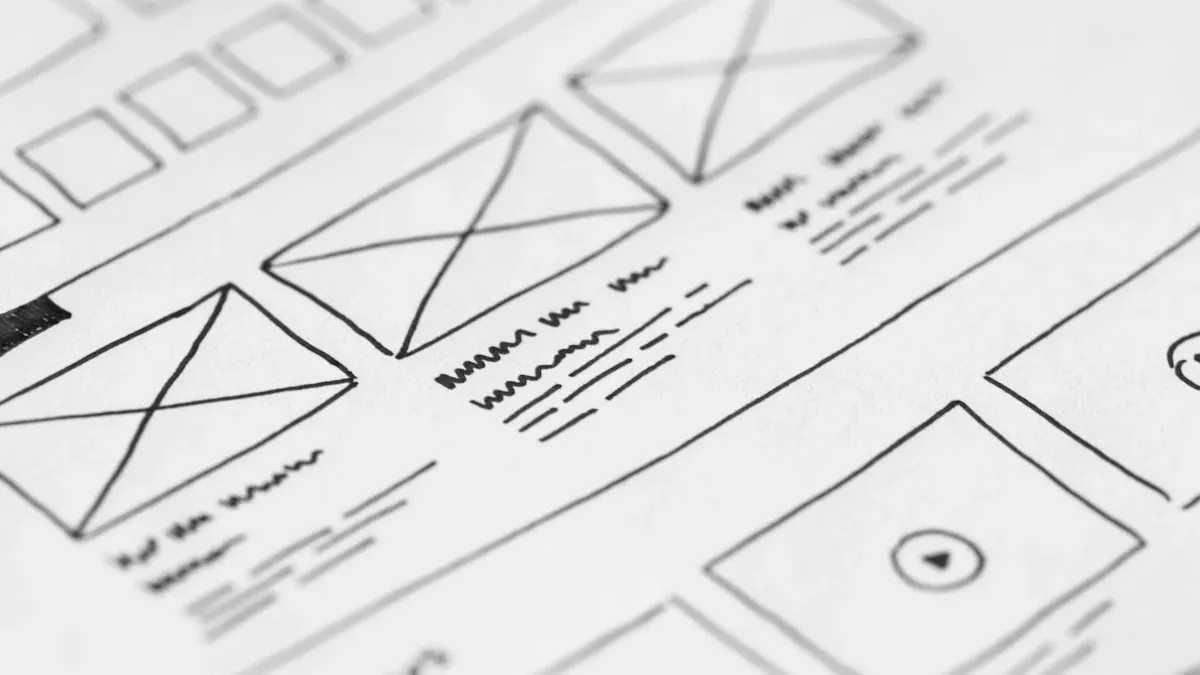
Workflow changes
You will see big changes in how teams work with vibe design and AI. Now, people who are not engineers can build AI tools using simple words and pictures. This means you can try out ideas without waiting for a coder. Teams work faster and make choices quickly. Some companies have made review times 40% shorter by using AI every day.
Here are some ways workflow changes with vibe design and AI:
You can use words, voice, or pictures to tell AI what to do, so starting projects is easier.
Teams have more people from different jobs. Business leaders, tech workers, and rule checkers all work together from the start.
Agile and DevOps work well with vibe coding. Sprint times can be 40% shorter.
Project boards help you watch tasks and find problems early.
No-code tools let you test ideas and get feedback before making the whole product.
Business teams learn AI, while tech teams help and make sure rules are followed.
These changes help you give users a better experience and make products that people really need. You get feedback faster, know your goals, and work better as a team.
Quality and research
Vibe design and AI make your products better. AI can do up to 80% of boring coding jobs. This lets you spend more time solving problems and planning. You also get clear papers and diagrams that show how things work. This helps you and your team find problems early.
You will see new ways to handle hard problems and keep things working well:
Feature | Benefit for User Experience |
|---|---|
Makes it clear what AI and users do | |
Versioning and branch tracking | Stops mix-ups and keeps work neat |
Smart defaults and presets | Makes it easy to start and keeps things the same |
Context pins and tooltips | Helps everyone remember the main goals |
Audit buttons | Lets you check for fairness and balance fast |
Highlighting ownership | Shows who did what, so people trust the work |
User research is now more important in making products. You start by learning what users want and feel before any coding. You test AI-made models with real users, not just pictures. This helps you find problems early and build trust. UX researchers now set up agent frameworks and manage groups of agents. You focus on trust, control, and making sure AI fits what users need.
User testing happens more often and at every step. You use what people say to guide your work. This gives users a better experience, helps more people use your product, and makes products that really help.
Tip: Always do user research and testing as you work. This keeps your product focused on what people need and gives the right vibe.
You now see vibe design in 2025 as mixing realness, bright looks, and experiences that pull you in. Teams work together, include everyone, and pick materials that are good for health. You should:
Use AI to get ideas fast, but always check with people.
Make products that everyone can use, are good for the planet, and keep people interested.
Mix simple styles with bold, fun design.
Work with AI as a helper, but let your own ideas lead. This way, you make user experiences that matter more and feel special.
FAQ
What skills do you need for vibe design in 2025?
You need to know how to use AI tools, give clear prompts, and understand user feelings. You should also learn basic coding ideas. Good teamwork and creative thinking help you stand out.
Can you use vibe design if you do not code?
Yes! You can use natural language tools to share your ideas. Many platforms let you build and test products without writing code. You just describe what you want, and the AI helps you.
How does vibe design help users?
Vibe design makes products feel better and easier to use. You focus on how people feel, not just how things work. This helps users enjoy your product and want to come back.
Is AI always right in vibe design?
AI helps you work faster, but it can make mistakes. You should always check the results and test with real users. Your own ideas and feedback keep the product safe and useful.
See Also
Evaluating The Value Of Vercel's V0 In 2025
Comprehensive Breakdown Of MVP Development Costs In 2023
Top Ten SaaS Startup Concepts To Start In 2025
